#John Berryman
Explore tagged Tumblr posts
Text
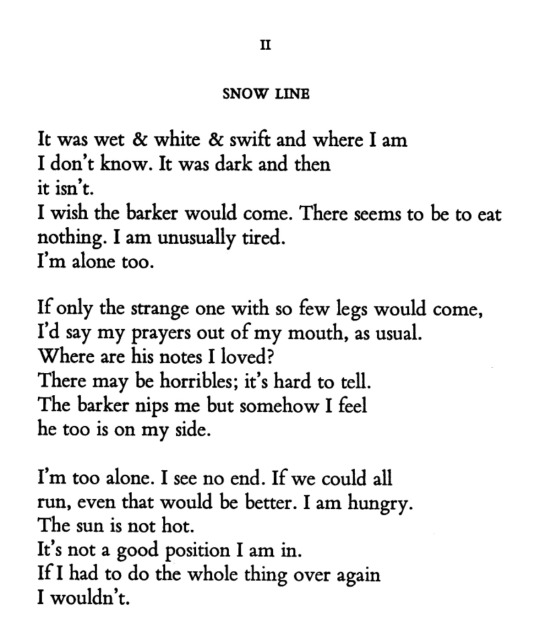
john berryman, this is a poem written from the pov of a sheep
5K notes
·
View notes
Text
—I suppose it was lust / But it was holy and awful.
John Berryman, The Dispossessed: The Nervous Songs; from ‘Young Woman’s Song’
2K notes
·
View notes
Text
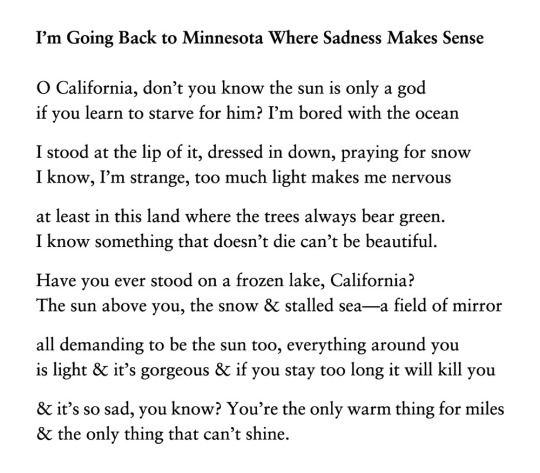

985 notes
·
View notes
Text

John Berryman, October 25, 1914 – January 7, 1972.
24 notes
·
View notes
Text
Dream Song 14
by John Berryman
Life, friends, is boring. We must not say so. After all, the sky flashes, the great sea yearns, we ourselves flash and yearn, and moreover my mother told me as a boy (repeatingly) “Ever to confess you’re bored means you have no
Inner Resources.” I conclude now I have no inner resources, because I am heavy bored. Peoples bore me, literature bores me, especially great literature, Henry bores me, with his plights & gripes as bad as Achilles,
who loves people and valiant art, which bores me. And the tranquil hills, & gin, look like a drag and somehow a dog has taken itself & its tail considerably away into the mountains or sea or sky, leaving behind: me, wag.
166 notes
·
View notes
Text
Shakespeare Weekend


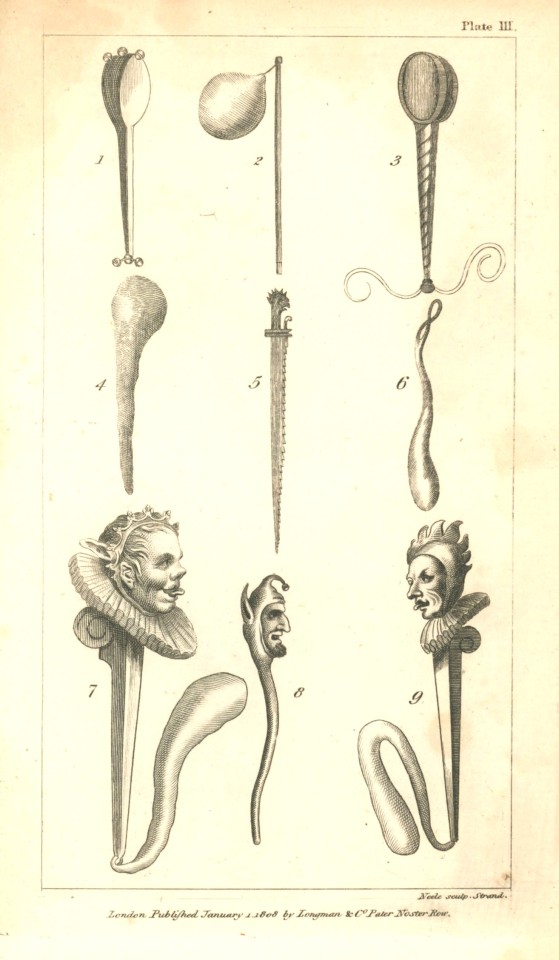




Fools and clowns were common characters within Shakespeare’s plays. They often provided comic relief, but also contained enough depth to speak on themes of “love, psychic turmoil, and identity.” British antiquary and museum curator Francis Douce (1757-1834) explored the Shakespearean fool in Volume Two of Illustrations of Shakespeare, and of ancient manners: with dissertations on the clowns and fools of Shakespeare through his Dissertation on the Clowns and Fools of Shakespeare.
Douce classifies Shakespeare’s clowns and fools into nine categories: the general domestic fool, the clown, the female fool, the city or corporation fool, tavern fools, the fool of the ancient theatrical mysteries and moralities, the fool in the old dumb shows exhibited at fairs and perhaps at inns, the fool in the Whitsun ales and Morris dance, and the mountebank’s fool. He goes on to discuss in detail the costumes, characteristics, and accessories of the clowns and fools including exemplifying woodcut engravings by British artist John Berryman (1778-1840).
Illustrations of Shakespeare, and of ancient manners: with dissertations on the clowns and fools of Shakespeare was published in 1807 by Longman, Hurst, Rees, and Orme in London and is known as a historical work of Shakespeare criticism.
View more Shakespeare Weekend posts.
-Jenna, Special Collections Graduate Intern
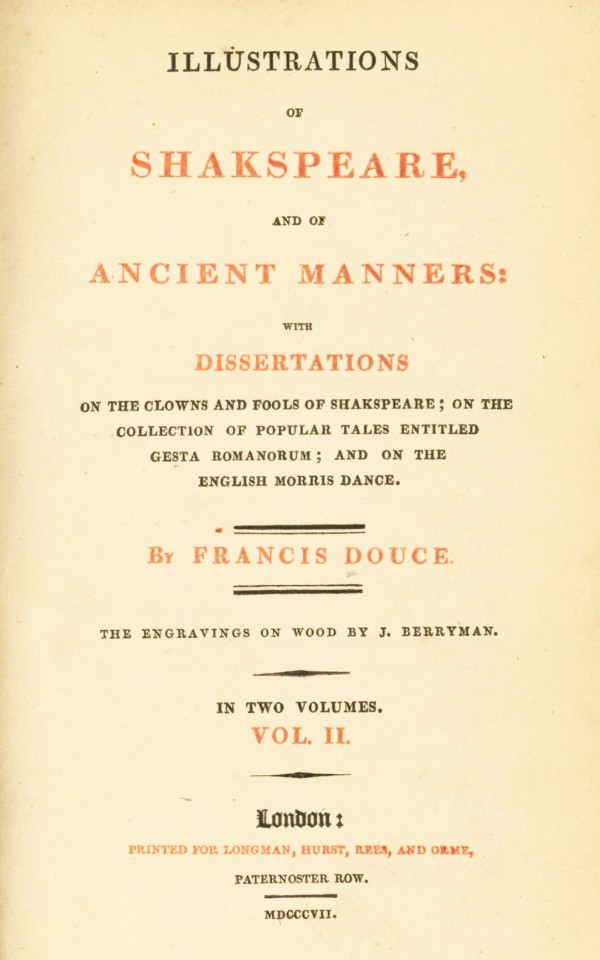
#shakespeare weekend#shakespeare#william shakespeare#francis douce#john berryman#thomas longman#owen rees#edward orme#thomas hurst#illustrations of shakespeare#wood engraving#clowns#fools
43 notes
·
View notes
Photo
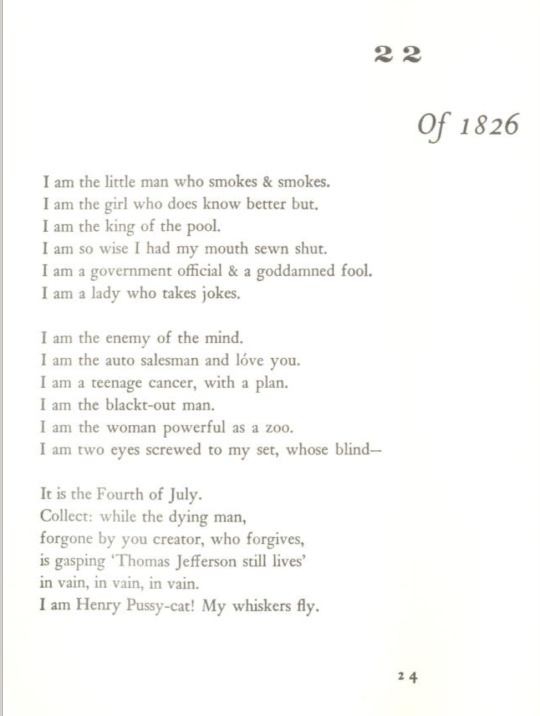
John Berryman from Dream Songs
168 notes
·
View notes
Text
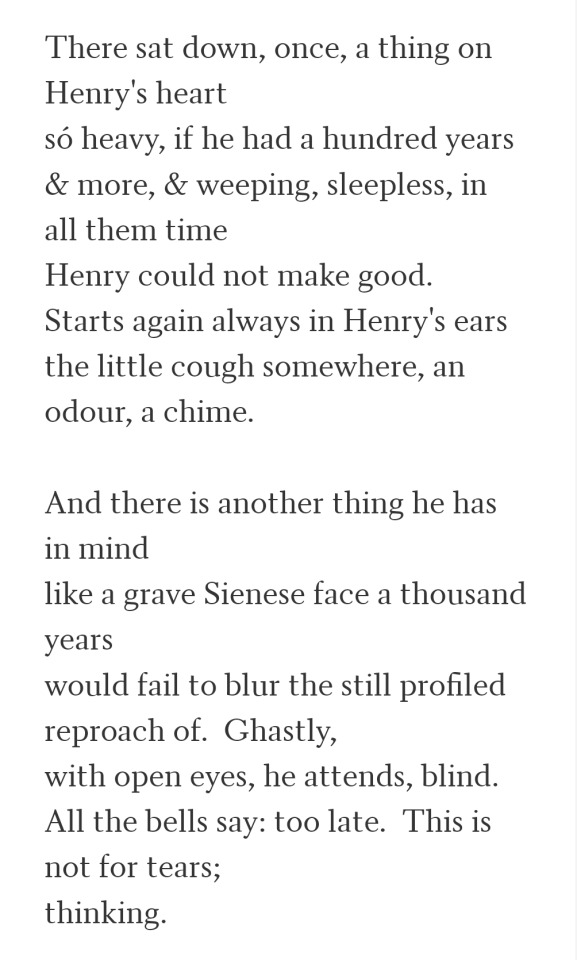

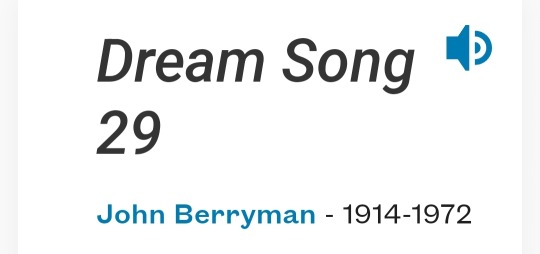
In honor of the finale of Succession tonight, here's the John Berryman poem that has been the source of all the finale titles in the series.
#john berryman#poetry#dream song 29#succession#all the bells say#with open eyes#nobody is ever missing#this is not for tears
101 notes
·
View notes
Text




how’s everyone feeling!!!!!!! super normal??
#succession#succession finale#succession spoilers#john berryman#dream song 29#jesse armstrong you diabolical genius#kendall roy#jeremy strong#pepe silvia
67 notes
·
View notes
Text

John Berryman, Berryman’s Sonnets; from ‘Keep your eyes open when you kiss…’ (36)
184 notes
·
View notes
Text



“There sat down, once, a thing on Henry's heart
só heavy”
Succession, 04x03 / John Berryman, Dream Song 29 / Succession 04x10
15 notes
·
View notes
Text
i dropped my copy of The Collected John Berryman in bird shit on a park bench just now. i think he’d find that very good; yes, he’d say that was entirely marvellous 🌳
3 notes
·
View notes
Text
Shakespeare Weekend
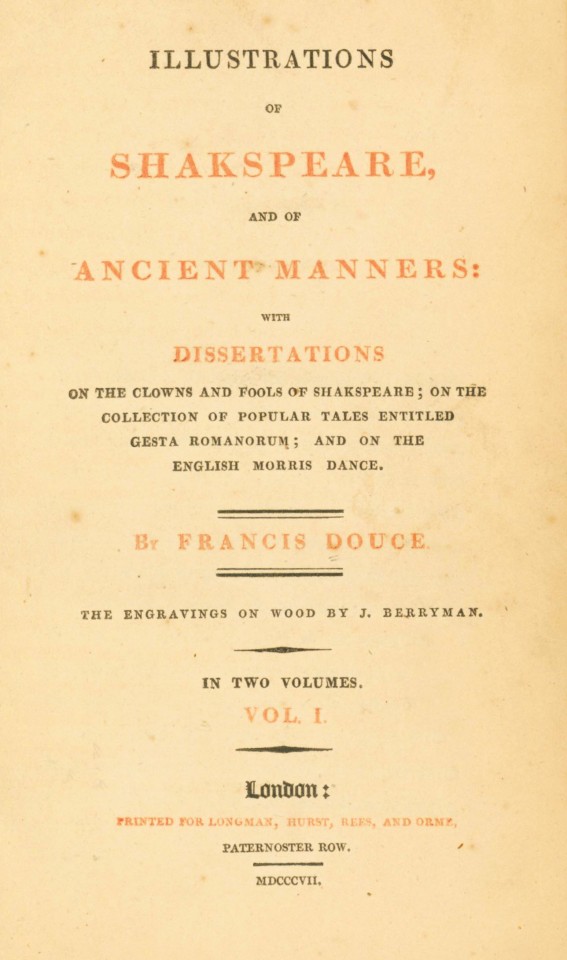
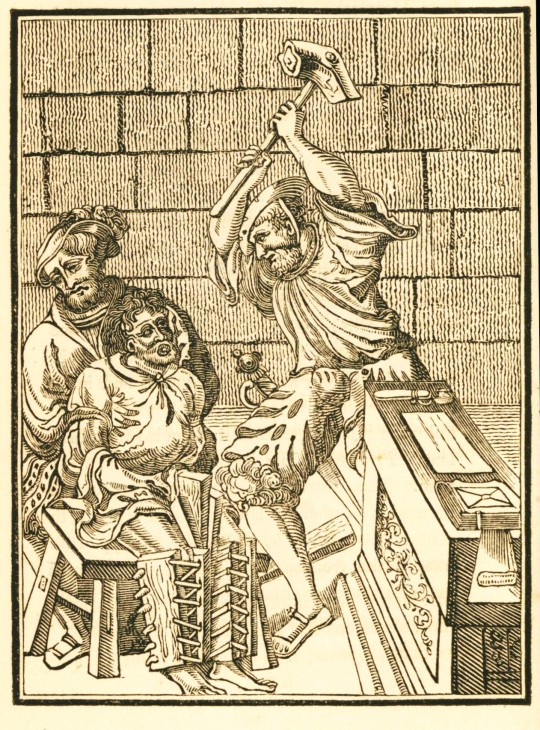
"Torment of the boot" from Two Gentlemen of Verona.
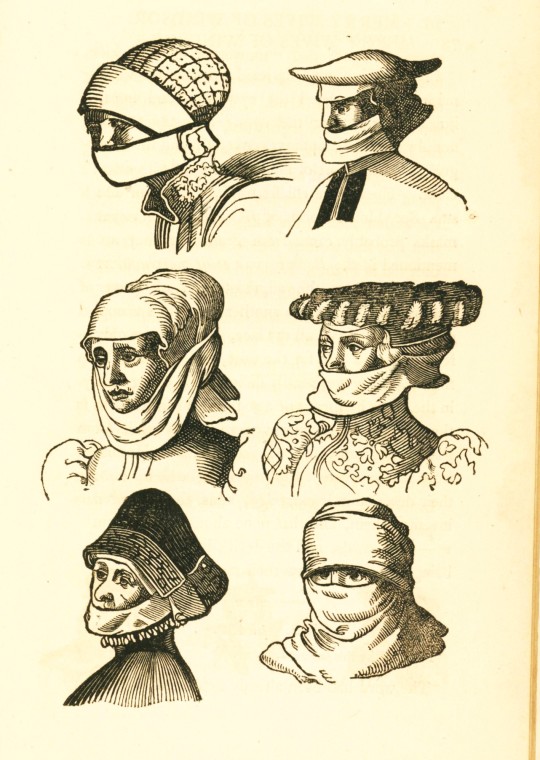
Examples of face mufflers from Merry Wives of Windsor.
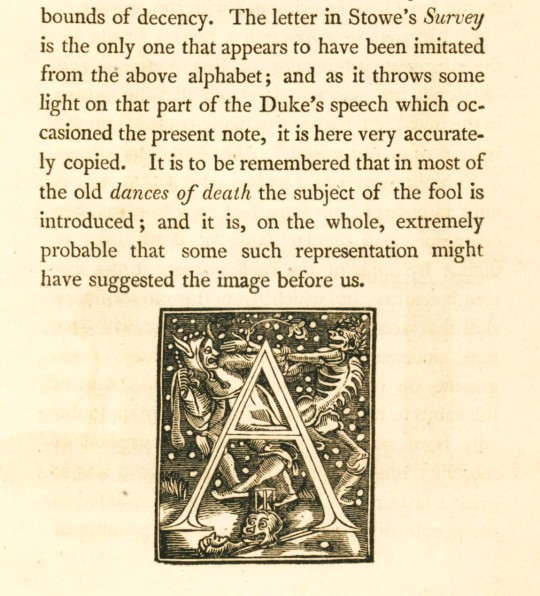
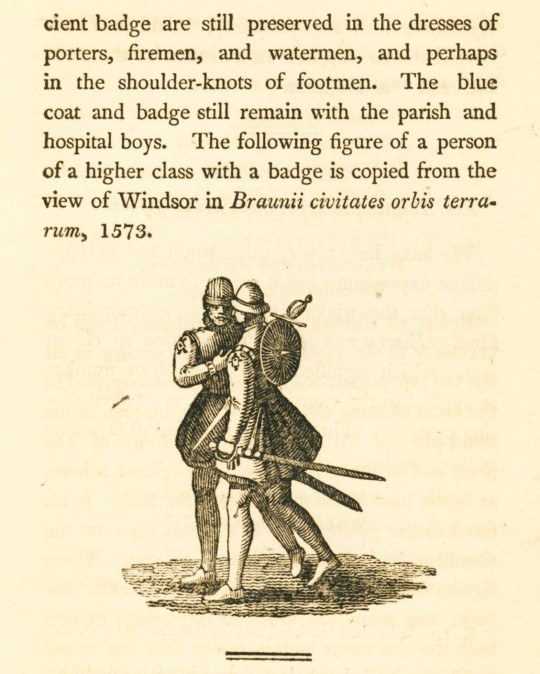
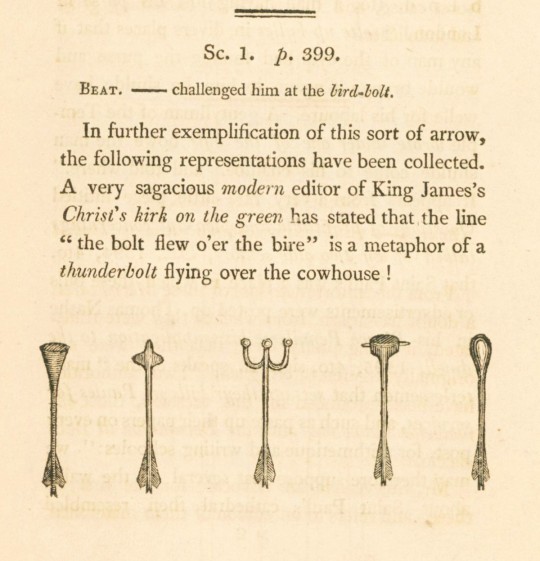
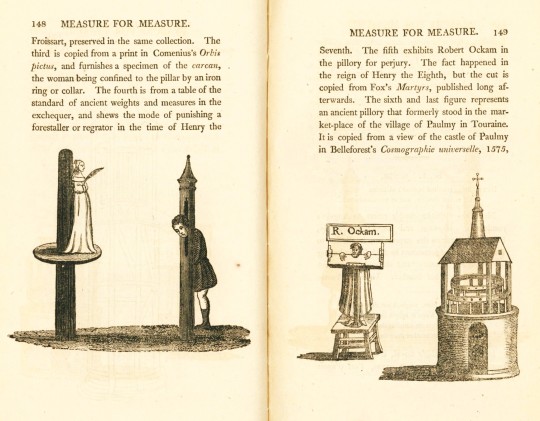
Types of carcans referenced in Measure for Measure.
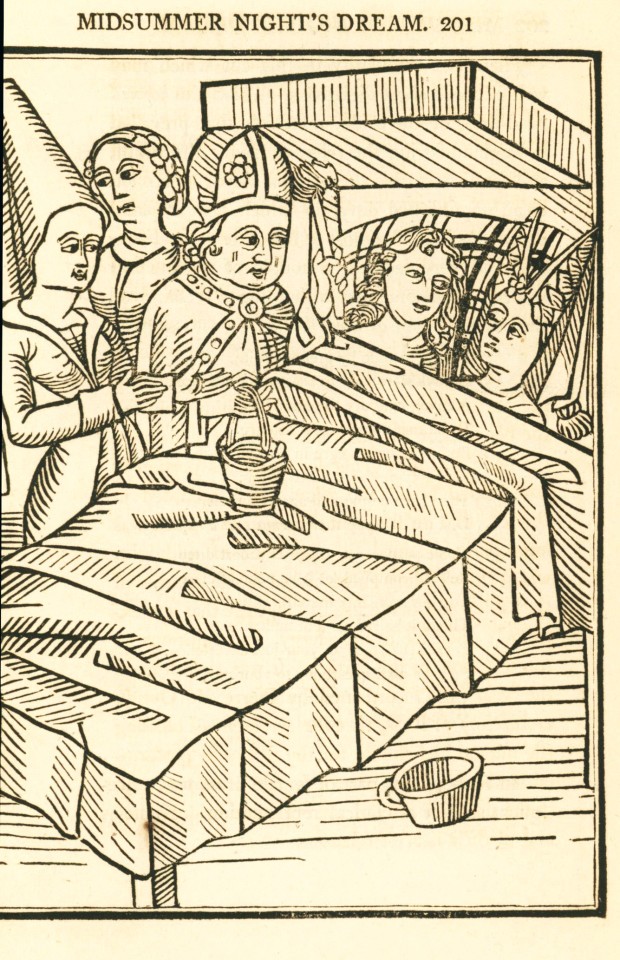
Depiction of a bride bed.
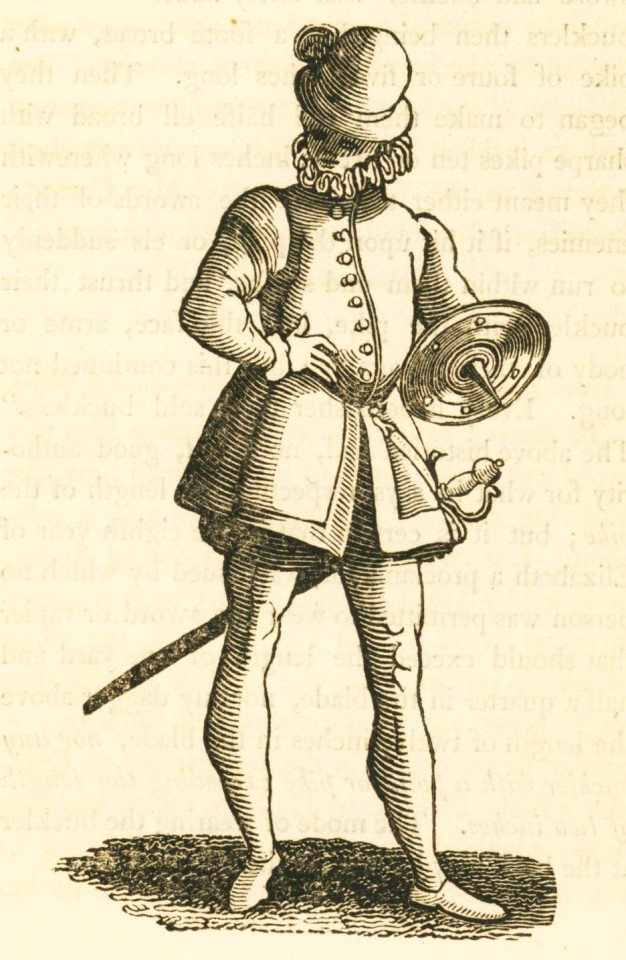
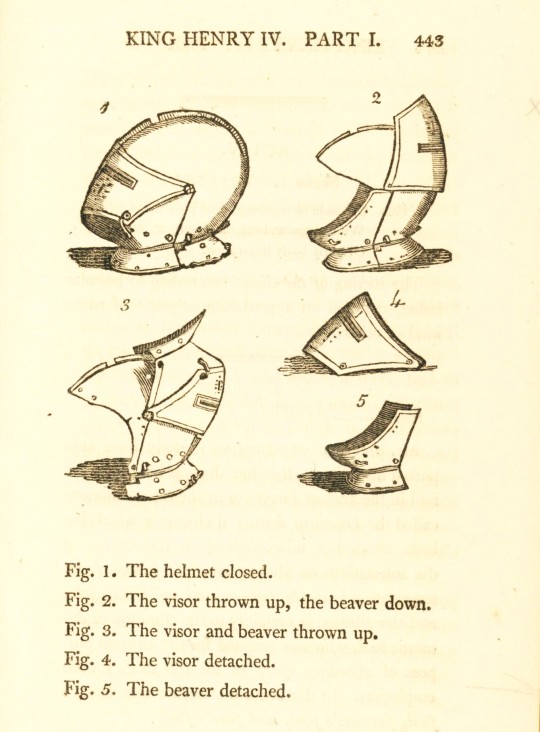
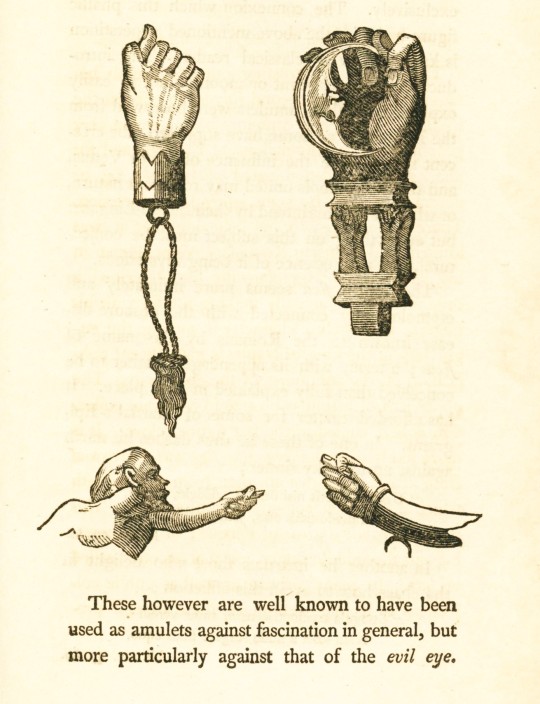
Illustrations of "making the fig" from King Henry V.
The Illustrations of Shakespeare, and of ancient manners: with dissertations on the clowns and fools of Shakespeare by British antiquary and museum curator Francis Douce (1757-1834) was published in 1807 in two volumes by Longman, Hurst, Rees, and Orme in London. Quoting Shakespeare scholar George Steevens “if Shakespeare is worth reading, he is worth explaining,” Douce set out to collocate and clarify not only previous editorial notes on Shakespeare, but also words and customs he declared had been previously “partially and imperfectly” illustrated. His intention to write the perfect Shakespeare reference companion was shadowed at the time by his petty criticisms and curiosities, however, it was still an influential work of criticism.
Unlike previous critical publications, Douce did not include Shakespeare's full plays within his edition, but rather cited notes primarily from Steevens's earlier editions. Douce’s writings are accompanied by woodcut engravings by British artist John Berryman (1778-1840). Berryman produced the engravings from Douce’s own collection of prints to hammer home his point of view and visually expand upon definitions including cressets, carcans, and bird-bolts in Volume One.
View more Shakespeare Weekend posts.
-Jenna, Special Collections Graduate Intern
#Shakespeare#william shakespeare#shakespeare weekend#francis douce#george steevens#illustrations of shakespeare#john berryman#thomas longman#owen rees#edward orme#thomas hurst#engravings#wood engravings
35 notes
·
View notes



